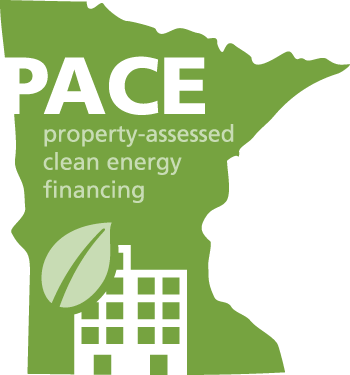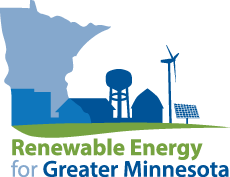Patricia Torkelson owns the Main Street Do Jong in Tyler, Minnesota (home of the MN Dragons Chung Do Kwan group). It’s a busy place, with Tae Kwon Do, LifeFit, and even line dancing classes. Now, thanks to Property Accessed Clean Energy (PACE) financing, people will be getting in shape under better lighting and the business will be saving money.
“We used to have these big fluorescent lights, but we do martial arts and fitness in there, and we don’t want lights that can be broken easily,” says Torkelson. “Now we have new LED lights that are even with the ceiling, and they’re much more energy efficient.”
According to the energy audit, these improvements will result in $454 or 77% in annual energy savings. The return on investment is shown at 11.4 years. The new LED lights are projected to run for 60,000 hours or for 33 years on the current lighting schedule of 5 hours/day, 365 days/year.
“PACE was one piece of a larger project,” notes Robin Weis, Economic Development Director at the
Southwest Regional Development Commission. “PACE can work really well with other rebates and funding streams.”
With a conservative estimate of $454 in annual savings, the project will decrease energy costs by $15,371 over the life of the retrofit. Taking the total dollars paid over the life of the loan ($7,117), this still is a savings of $8,255 over the life of the retrofit.
“I filled out an application that my city gave me and met with Robin once. It was very straightforward, says Torkelson. “I would definitely recommend PACE to other business owners, especially for lights with such a long life span. This was ideal for us.”
Project Snapshot:
- Location: Main Street Do Jong in Tyler, MN – Lincoln County
- Description: Interior lighting upgraded to LEDs
- Useful Life: 33 years
- PACE Loan Term: 15 years
- Project Costs: $5,175
- Annual Energy Savings: 5,044 kWh
- Savings per Year: $454 for 33 years
- Annual Payments: $462 for 15 years
- Annual Net Cost: $8.16 for 15 years
- Total Net Savings: $8,255 over 33 years
* Total Net Savings is calculated by multiplying the useful life of the improvement by the estimated annual savings, then subtracting the cost for materials, installation, and interest over the term of the assessment.




